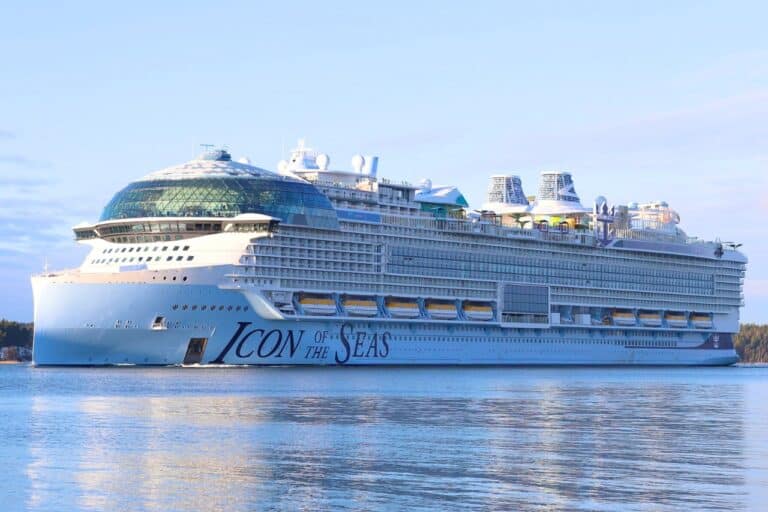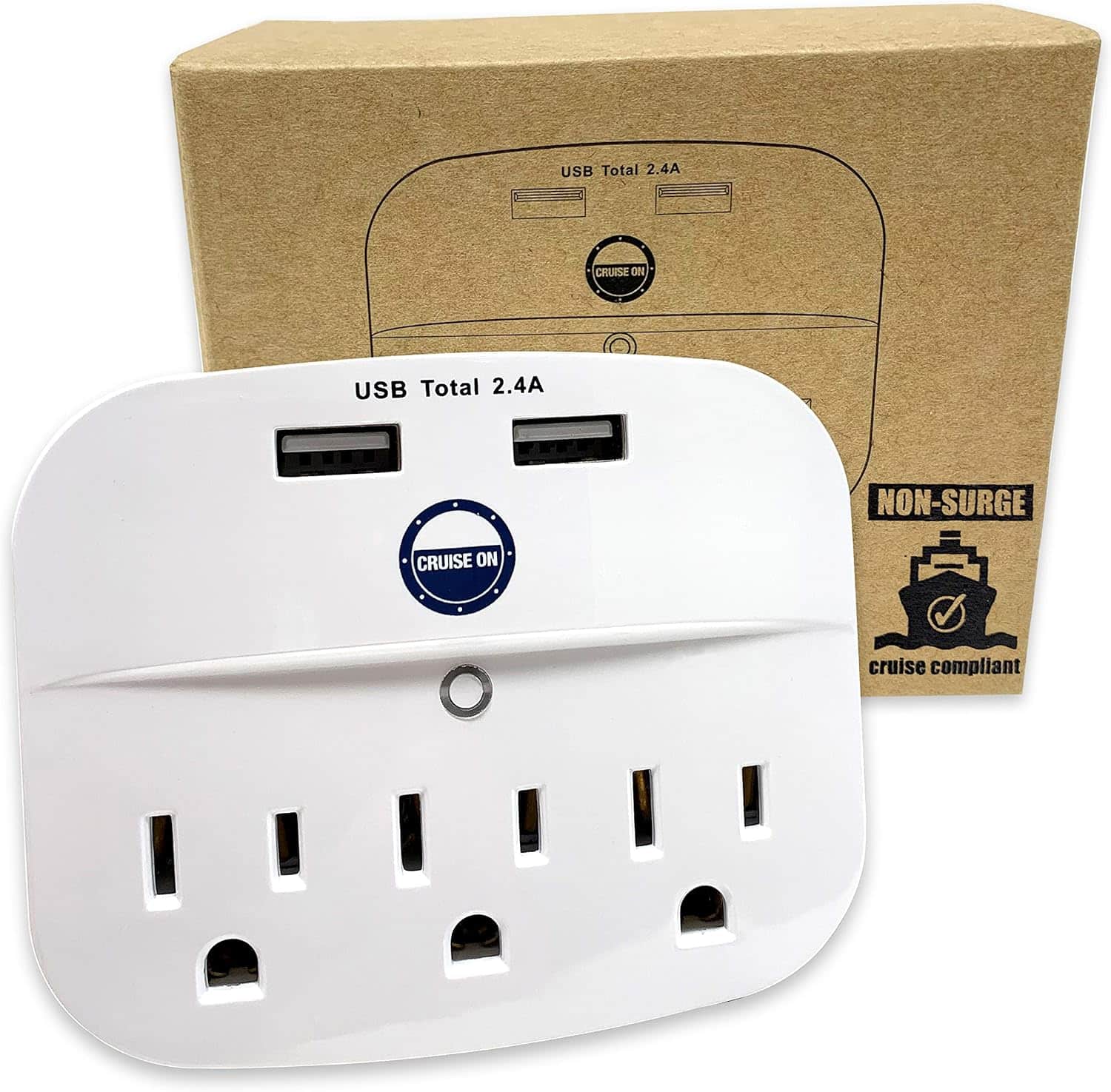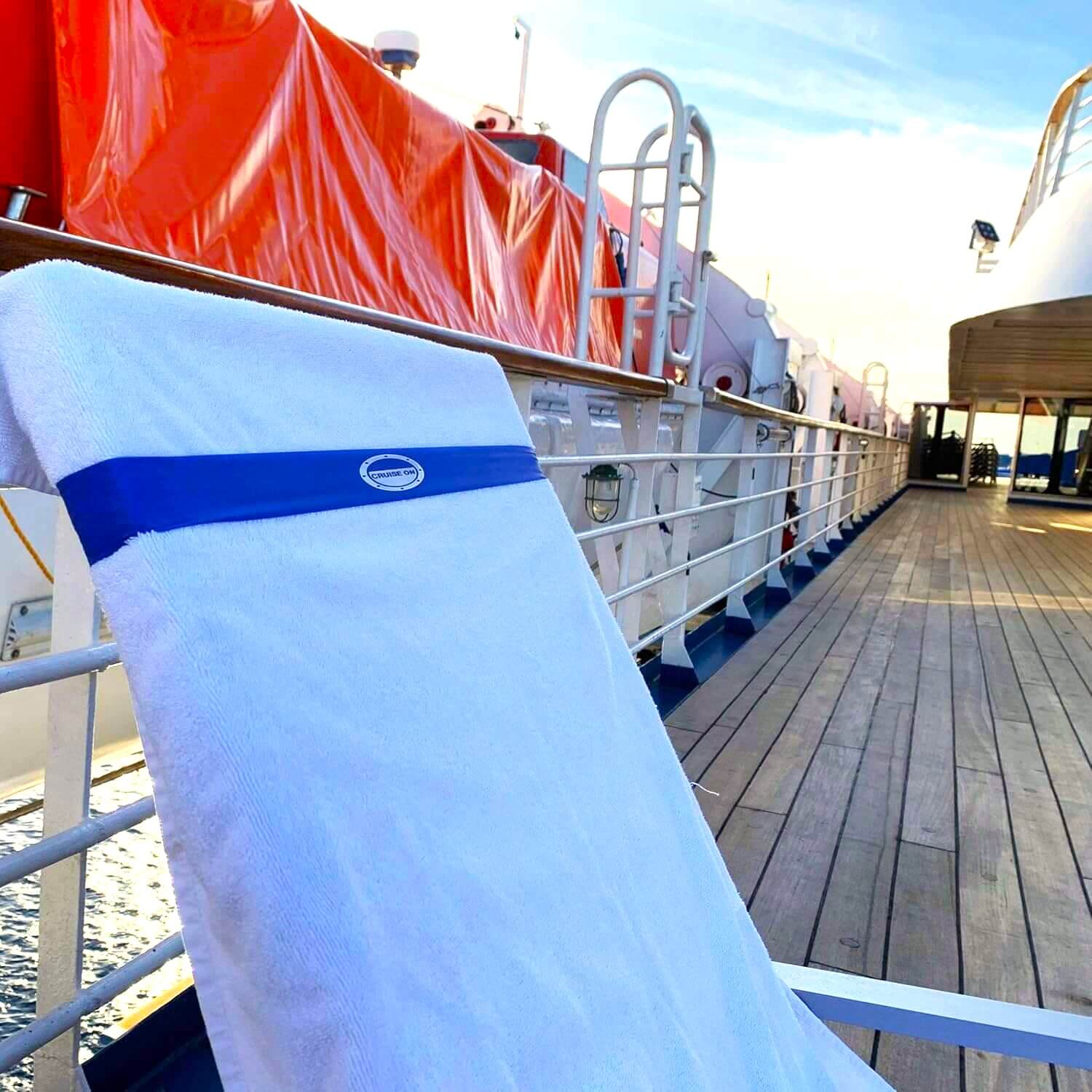Hey, fellow cruisers! Just like me, you probably often fantasize about returning (or going for the first time) on a cruise: the endless buffets, the new destinations to discover, the fun, and the soothing sound of the waves crashing against the hull.
However, have you ever wondered how these enormous floating cities are able to keep afloat even if they are extremely heavy?
This is a question that frequently crosses the mind of passengers, particularly while standing at the edge of the ship and gazing down at the vast, blue water.
No more secrets though, I’ll explain to you how the entire thing works, and I’m sure you’ll discover a little more about the wonders of ocean engineering.
How big a cruise ship can be

Getting on a cruise ship for the first time definitely leaves you speechless. The magnitude of such vessels is simply breathtaking.
Just think that the biggest ships are over 200,000 tons heavy and longer than three football fields. They can carry thousands of passengers and can have enough food to party for days nonstop.
It’s no wonder people often ask “How on earth do these massive things stay afloat?”
Believe it or not, the basic principles that keep these giants above water were discovered over two millennia ago by the ancient Greek scientist Archimedes.
Understanding buoyancy: the science that floats your ship
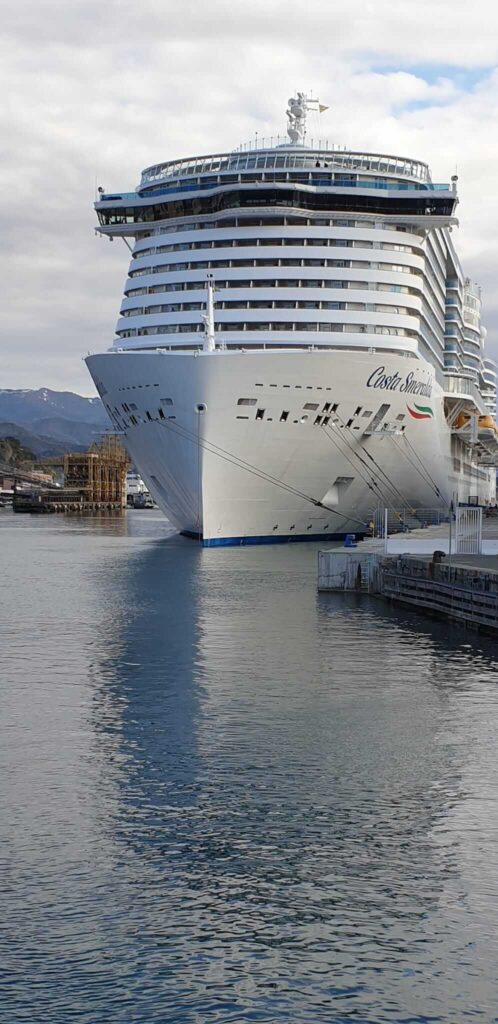
I’ll keep it simple without diving too deep into physics. The most important thing to know is that a ship floats when the weight of the water it displaces is equal to or greater than the weight of the ship.
Now consider sitting on an inflatable raft in a swimming pool. You stay afloat by pushing down on the water with the raft and having the water push back up.
Let’s apply the same principle to a large ship. The hull is built to displace vast volumes of water. For that reason, the weight of the ship, and everything on board – passengers and all – is supported upward by the force of that water or the buoyant force.
It’s because of this perfect balance of forces that even massive cruise ships don’t sink under the sheer weight of their size.
Not just floating, but stability
Another thing to consider is that big cruise ships are meticulously designed to remain stable.
The hull, even if contains heavy materials like steel, has a vast number of air-filled sections and the weight is carefully distributed. The ship’s center of gravity is usually kept low due to ballast tanks loaded with water in the bottom half of the vessel.
In addition, modern engineering ensures that ships are compartmentalized. Internal compartments are sealed off, designed to isolate flooding to specific sections, minimizing the risk of the entire ship taking on water.
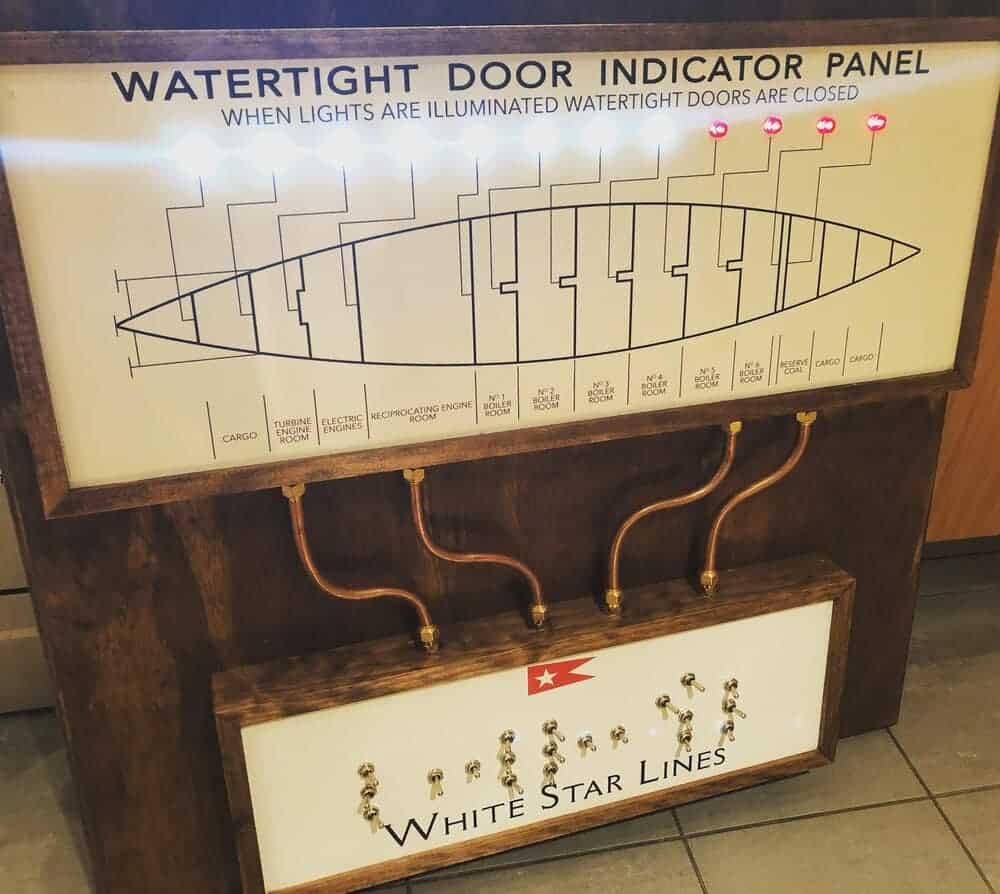
This compartmentalization allows the ship to remain buoyant and gives the crew valuable time to address any emergencies.
Unfortunately, it happened that a compartment started taking water, in that case, you might hear one of the emergency code signals that are used on cruise ships.
How safe are cruise ships today?
Thanks to all these engineering precautions, we can say that modern cruise ships are quite safe, and the risk of them sinking is relatively low (though it still exists, as demonstrated by the Costa Concordia incident a few years ago or the Titanic many years back).
That’s why the emergency drill is one of the first things you should do as soon as you get on the ship.
Knowing what to do is very important in emergency situations especially in case of fire on board, one of the riskiest things on cruise ships.

